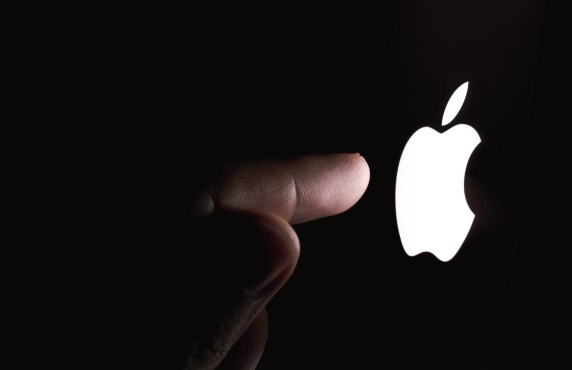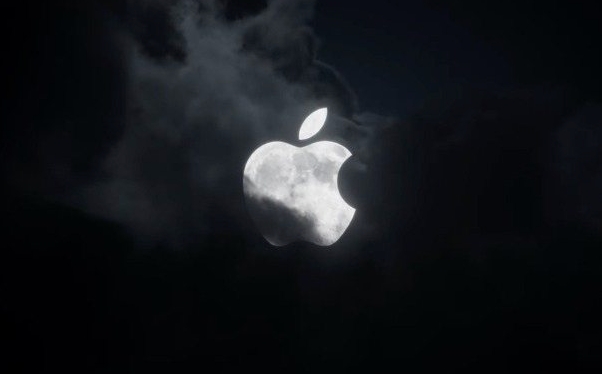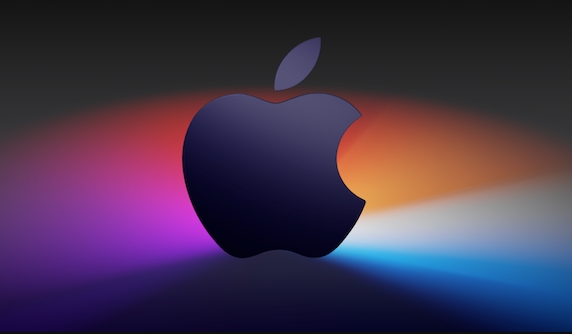To turn off the autocorrect function of your Mac, you can follow the following steps: 1. Open System Settings or System Preferences, enter the "Keyboard" section, click the "Text Enter" or "Text" tab, uncheck "Enable AutoCorrect" to turn off global settings; 2. In specific applications such as TextEdit, you can switch to the "Spelling and Check" tab through the menu bar "TextEdit" > "Preferences" and uncheck "Auto Correct Spelling Errors" to disable this feature; 3. If you only want to skip autocorrection occasionally, you can press Esc key to uncheck changes in some applications, but this method is not supported by all software. In these ways, you can choose to turn off autocorrect in global, specific apps, or temporary scenarios.

If you are often disturbed by automatic correction when typing on a Mac, such as "you" becoming "your" or the result of a misspelling of a word becomes more and more outrageous, that's really annoying. The good news is that Mac offers the option to turn off autocorrection, and the operation is not complicated.

Turn off automatic correction at system level
macOS has a global autocorrect setting, which will affect most text input scenarios, such as emails, memos, Pages, etc. You can turn it off by following the steps below:
- Turn on System Settings or System Preferences, depending on macOS version
- Enter the Keyboard section
- Click the "Text Input" or "Text" tab
- Uncheck "Correct spelling automatically"
This function is enabled by default, especially on English input. After turning off, the spelling errors will not be forced to be replaced.

Disable automatic correction in specific applications
Sometimes you may just want to turn off automatic correction in a certain software, for example, if you are writing a paper in Word and don’t want to be disturbed, but you also want to retain this feature elsewhere. At this time, you have to adjust it in the settings of the specific application.
Take TextEdit as an example:

- Open TextEdit
- Click "TextEdit" > "Preferences" on the menu bar
- Switch to the "Spell and Check" tab
- Uncheck "Auto Correct Spelling Errors"
Similarly, Pages, Notes, etc. also have their own spell check settings, and relevant options can be found in their preferences.
Temporarily bypass automatic correction using terminal commands
If you just want to skip autocorrection occasionally, try pressing the Esc key . In some applications (such as Safari or Mail), pressing Esc will undo that change when you enter a word that is automatically corrected.
However, this method is not supported by all software. It is an emergency trick and cannot replace formal setting adjustments.
Basically these are the methods. Turning off automatic correction is actually not difficult. The key is to figure out where you want to be, whether it is global or partial. Sometimes you will find that there are more spelling errors, but it is much more comfortable than being randomly modified by the system.
The above is the detailed content of How to disable auto-correct on Mac. For more information, please follow other related articles on the PHP Chinese website!

Hot AI Tools

Undress AI Tool
Undress images for free

Undresser.AI Undress
AI-powered app for creating realistic nude photos

AI Clothes Remover
Online AI tool for removing clothes from photos.

Clothoff.io
AI clothes remover

Video Face Swap
Swap faces in any video effortlessly with our completely free AI face swap tool!

Hot Article

Hot Tools

Notepad++7.3.1
Easy-to-use and free code editor

SublimeText3 Chinese version
Chinese version, very easy to use

Zend Studio 13.0.1
Powerful PHP integrated development environment

Dreamweaver CS6
Visual web development tools

SublimeText3 Mac version
God-level code editing software (SublimeText3)

Hot Topics
 Can I Show the Dock on All Screens on Mac? Using Dock on Different Displays in macOS
Jul 03, 2025 am 09:30 AM
Can I Show the Dock on All Screens on Mac? Using Dock on Different Displays in macOS
Jul 03, 2025 am 09:30 AM
If you're using a Mac with multiple monitors, you might be curious about how to display the Dock on all screens or whether it's possible to add a Dock to secondary displays.The good news is that you can configure the Dock to appear on any screen conn
 How to Remove Old Devices from Apple ID on Mac
Jul 07, 2025 am 09:08 AM
How to Remove Old Devices from Apple ID on Mac
Jul 07, 2025 am 09:08 AM
If you've owned multiple Apple devices over the years, you might find yourself in a situation where some of those older Macs, iPhones, iPads, or other Apple hardware have been sold, given away, or traded. No matter how they left your possession, it's
 How to Play Fortnite on Mac with FnMacAssistant & Sideloadly
Jul 05, 2025 am 09:21 AM
How to Play Fortnite on Mac with FnMacAssistant & Sideloadly
Jul 05, 2025 am 09:21 AM
Fortnite is once again available for iPhone and iPad users, bringing joy to many gamers. However, there's still no official version for Mac (at least not yet). Despite that, Apple Silicon Mac owners aren’t completely out of luck—you can run the iOS/i
 How to Enable iCloud Private Relay on Mac
Jul 05, 2025 am 09:36 AM
How to Enable iCloud Private Relay on Mac
Jul 05, 2025 am 09:36 AM
iCloud Private Relay is an excellent privacy feature included with the iCloud subscription, designed to safeguard your online activity and browsing by masking your IP address (using a temporary one) and encrypting DNS lookups. This prevents third pa
 How to Allow Apps During Downtime on Mac
Jul 04, 2025 am 09:03 AM
How to Allow Apps During Downtime on Mac
Jul 04, 2025 am 09:03 AM
Are you using Screen Time to manage your or your child’s Mac usage? If yes, you likely already know that it allows you to set app limits, schedule downtime on the Mac, and more. Additionally, you can also choose specific apps that remain accessible a
 How to Make MacOS Sequoia Feel Faster: Tips to Speed Up Slow MacOS
Jul 05, 2025 am 09:28 AM
How to Make MacOS Sequoia Feel Faster: Tips to Speed Up Slow MacOS
Jul 05, 2025 am 09:28 AM
macOS Sequoia is a solid operating system that brings some impressive features like iPhone Mirroring, and while performance is excellent for many users, not everyone experiences the same level of speed. If you're finding macOS Sequoia slower than pre
 How to See All Links Shared in Messages on iPhone & iPad
Jul 05, 2025 am 09:31 AM
How to See All Links Shared in Messages on iPhone & iPad
Jul 05, 2025 am 09:31 AM
If you frequently use iMessage, then you've likely shared numerous web links in your chats — maybe an article, a video, a tweet, a song, or anything else. Locating these links later can be quite frustrating, but thankfully there's a simpler method th
 Create a MacOS Tahoe 26 Beta VM with Three Commands in Terminal Using tart
Jul 06, 2025 am 09:28 AM
Create a MacOS Tahoe 26 Beta VM with Three Commands in Terminal Using tart
Jul 06, 2025 am 09:28 AM
Advanced Mac users familiar with the command line can swiftly set up a MacOS Tahoe 26 beta virtual machine by entering a few commands into Terminal, using tart. Tart is a command-line utility for managing virtual machines and offers one of the quicke






